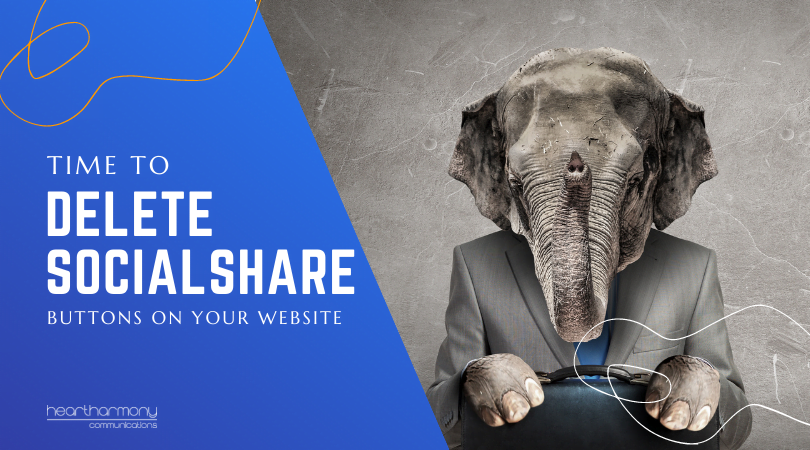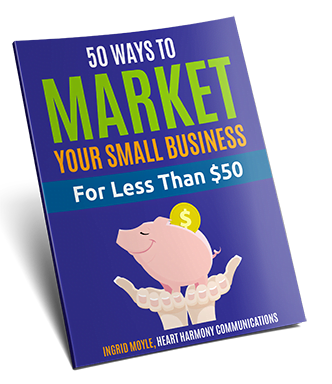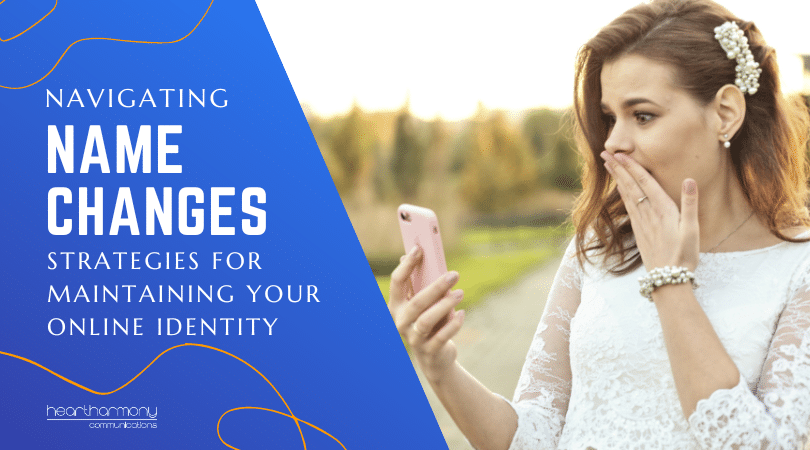When was the last time you shared a blog post using the social media buttons on the website? Are social media share buttons simply “white elephants” whose time has passed? Is it time to delete them from your website?
Technology changes direction faster than a kid trying to choose a flavour in an ice-cream parlour.
The challenge is that we can all get stuck with thinking, “this is what has always happened for our business, and this is what needs to stay.”
In organizational culture, this type of thinking is known as having “white elephants”. A white elephant is something that whose maintenance cost outweighs its usefulness.
One of my greatest joys during my organizational change days was questioning and then removing white elephants that were past their use-by date.
Web design has its own white elephants.
I have already spoken before of the slider white elephant. In this post, I have social media sharing buttons firmly in my cross-hairs.
Ten years ago, every website had to have Social Media Sharing buttons on the side of each page and at the top and bottom of each blog post.
Millions of dollars and hours were spent (and are still being spent) by firms developing and optimizing social share plugins.
Reams and reams of virtual pages have been written (and are still being written), breathlessly telling you the 30+ WordPress Social Media Plugins to use for your site.
There are entire companies whose only product is a social sharing button.
And then the world started to slowly change … and people didn’t notice.
What do social share buttons look like? Here’s a photo of some I removed earlier (and no – they are not connected to anything)

When Did You Last Click On A Social Share Button?
I want you to think for a moment. When was the last time that you shared a blog post or a news article by clicking on a social share button on the actual blog or web page?
Think hard.
If you are like most people, you may see an article float past in your social media while you are gloomily doomscrolling after a hard day at work.
If you like the article and want to share it with your followers, you click the Facebook share button while you are on Facebook, or you click the retweet option on Twitter.
You don’t go to the article itself and click a social share button.
But what about if you find a great article via your general reading or a newsletter?
In those cases, you tend to copy the URL address and then pop it into your Facebook post or other social media shares.
You don’t click the social share button on the website.
With the rapid adoption of mobile phones, most people now consume content via their phone – which just happens to have built-in social sharing options built into each browser.
You don’t click the social share button on the website.
For the vast majority of websites, social media sharing buttons are forlorn relics of a forgotten past.
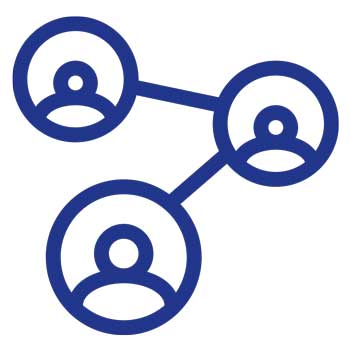
Why Do We Use Social Share Plugins?
When social media was starting to boom, we all wanted to get our content in front of as many people as possible. One way to do that was by adding social share plugins to make it convenient to share content directly from each page.
When you added the lure of vanity metrics where you showed the number of shares of each post as part of the plugin deal, then the lure was more than seductive, it was an essential part of every website build.
We did it because:
- It gave us data on what was working (or not)
- It made our content visible to potential new clients
- It brought us traffic to our site
- It added social proof that our content was useful when someone saw 15K shares on a post.
What Happened to Social Media Sharing Buttons?
The death knell started to ring for social media plugins when the big social media players, Twitter, and LinkedIn, removed the API that made it possible to retrieve share count data.
Facebook and Instagram have also removed the number of likes on news feed posts, and it isn’t too much of a stretch to see them also removing share count data for apps.
We then saw all mobile phone browsers develop options to share content easily. Click on the dots at the top of a page in your mobile phone browser, and you can choose to share the page with a range of choices including messenger, messages, mail etc.
Sharing is now fast, convenient, and much easier to do.
What has been the impact of these changes?
BuzzSumo reported in their article on content trends in 2018, based on a sample of 100 million posts published in 2017, social sharing has been cut in half since 2015. (I can’t locate any updated data that they have published since).
They also found that social traffic referrals have declined sharply, with Google driving twice as many referrals to publishers.
In other words, people are sharing much less content in general. (Except for anti-vaxx, QAnon and other crackpot conspiracy theories. Those bits of content get shared like a tsunami of trash!)
So, what is now happening with social media share plugins is:
- Nil or poor-quality data
- Minimal new clients
- Minimal new traffic
- No social proof
But we still install them because that is what we always did.
Social Sharing Plugin Problems
Are you convinced yet to delete your social media plugin?
By this stage of my conversation with my clients, many of them ask what harm could there be to leave in the social media plugin on their site for the one or two people who may potentially use them each year?
Social media sharing plugins rarely do anything useful, and could potentially:
- Slow down your website (many social plugins are resource hungry).
- Scrape and sell your visitors data and share it to the highest bidder.
- Harvest your visitor’s interactions and share the data with data mining aggregators.
- Add security vulnerabilities to your website (Social Warfare – I am looking at you!)
- Depending on the plugin design, the plugin sharing options may hide portions of your content on mobile devices (making for a shoddy user experience).
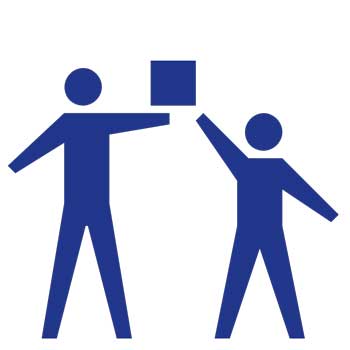
My Experience of Removing Social Sharing Plugins
A few months ago, I quietly removed all social sharing plugins from my personal websites after being inspired by this post by Danny Brown about removing his social shares from his blog.
Taking social sharing off all my websites had zero impact on my stats in terms of how people find my website or the visitors to my websites.
For me, not having social media sharing options on my websites made zero difference to my business.
Is removing your social media plugin right for you?
Well, like everything in business, I suggest testing and checking your data.
If you are a small local business with a website, the likelihood that a social share plugin makes any difference to your business is exceedingly low.
If you are in a fashion, food, or alternative health area, then it is possible that they may still work for you.
You won’t know until you test and see.
Try deactivating your plugin for at least a month and check your stats. You may find that, like me, your social media plugin was a white elephant that needed to be removed.
